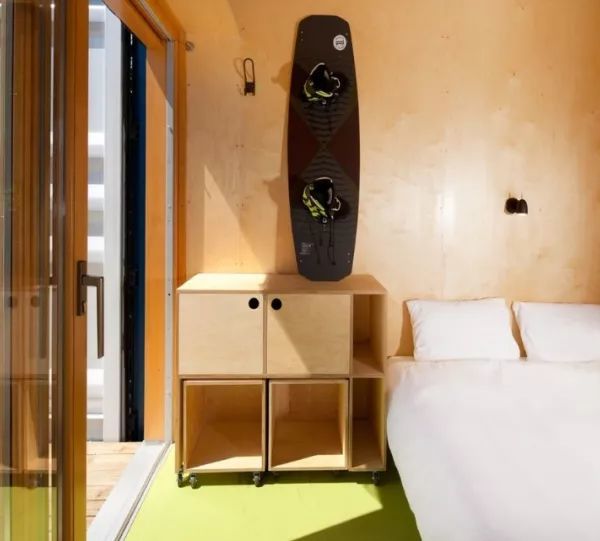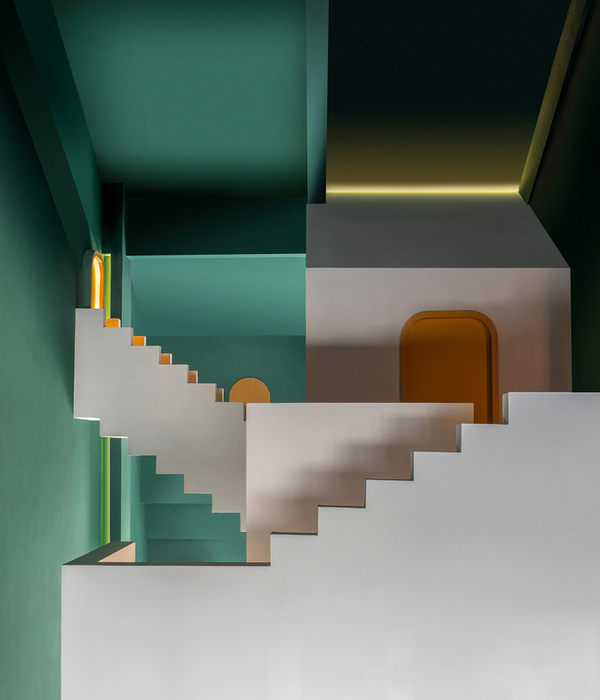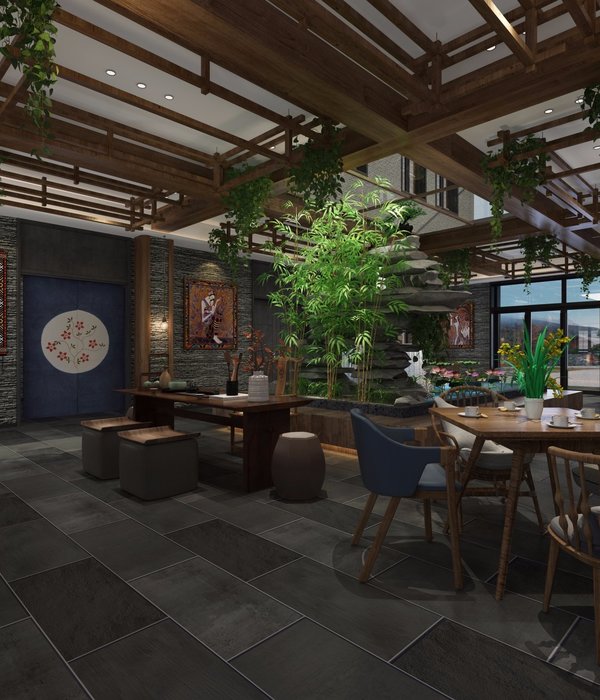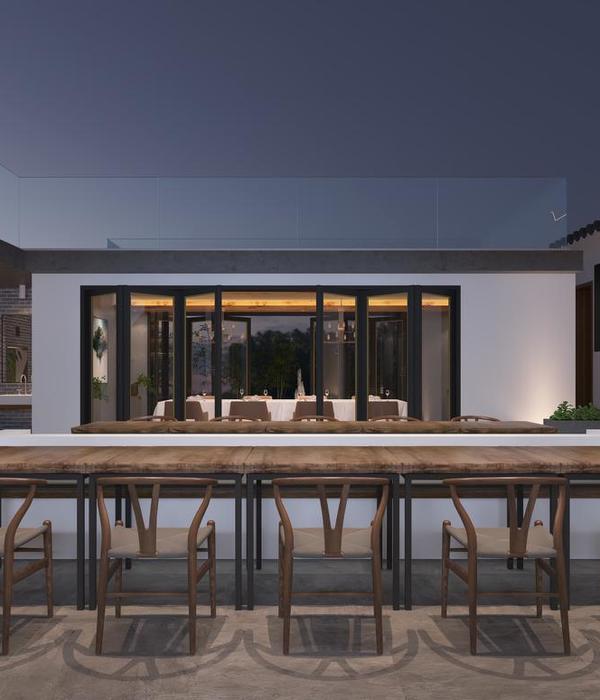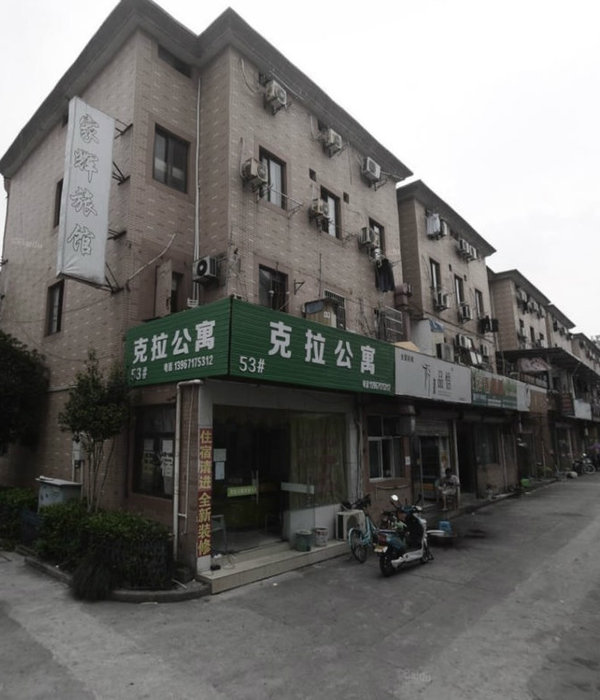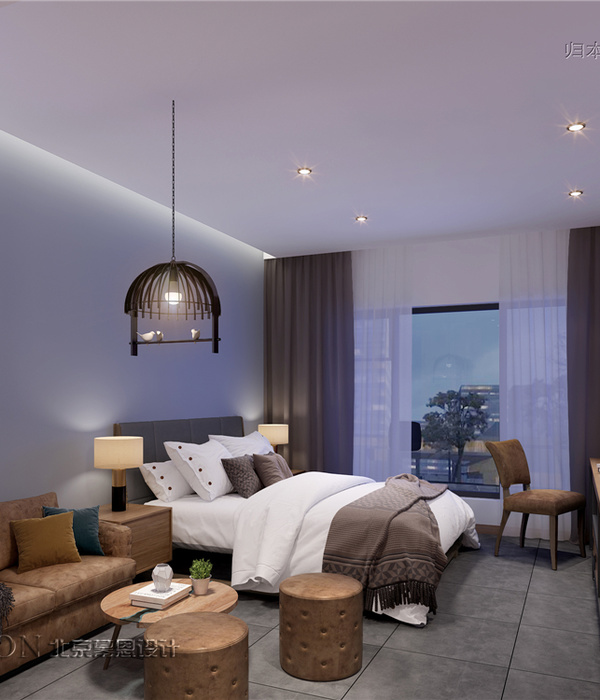Creative Directors: Sandra Tarruella and Ricard Trenchs Project Leader: Anabel Cortina Collaborators: Núria Martínez, Ana Blanco
The objective of Hotel Peralada’s remodeling project was to update its image by considering its location at the Emporda Golf Club, combined with its important relation with the wineries, the castle, and the determining factor of having to make this intervention within a three month period. The most important action taken was to change the use of some spaces and centralize all public areas of the hotel on the first floor by combining them into a single space, where the lounge, bar, dining room and terrace spaces are found. As a result, we were able to enhance the activity throughout the day to ensure both a good service and pamper guests. We worked with different types of seats and tables of diverse heights and materials, without losing the views towards the golf course. The furniture selected on the terrace works as an outdoor extension of the main room. Thus the reception is more open and illuminated to give higher importance to the pictures on the walls. Also in this space a large exhibition of wines and sparkling wines, from Bodegas Perelada, are placed on a set of stacked pallets. The change of image was achieved by covering the existing stoneware pavements with a continuous paving in a light stone color, by placing natural fiber rugs, and by finishing the walls with lime plaster (with the same stone color) to give the space a more rustic and brighter appearance. This tonality is repeated on the stairs that lead the guests from the reception area, on the ground floor, towards the common areas and rooms. The first thing guests discover, as they access the public areas from the stair’s lobby, is the living room. It is a cozy space, where the recovered oak wood paneled walls, the shelves in oak wood, iron and brass, the free standing iron fireplace, and a patterned wool rug (size: 576 x 720 cm), especially designed for this room, are the elements that standout. The interior furniture finished in leather, iron, stone, and wood partly invades the adjoining terrace and allows guests to sit and read the press, and drink or eat while seated at different chair heights. The activity is concentrated in the main central bar finished in Sierra Elvira stone and walnut slats. It was placed in a central position to provide service and articulate the spaces of the lounge, restaurant, and terrace. In order for guests to identify easily the location of the bar, we designed a bottle rack made by volumes finished in iron and brass that illuminates the working surfaces. In the restaurant we chose furniture in wicker, iron, wood, stone and natural fabrics that allowed us to place them both indoor and outdoor dining rooms. Neutral tones of coatings, pictures from the Museum of the Peralada Castle, floor lamps, outdoor rugs, and linen curtains provide the desired warmth to the space. Guests can access the restaurant directly from the golf course through an iron and glass vestibule with double doors in iroko wood. A lattice made with iron plates and oak wood blocks form a display system to expose both wines and sparkling wines from the cellars of Peralada. It separates the restaurant from the farmhouse, that it is used as an event room. Our intervention on the farmhouse adds value to its original architecture. We torn down elements that were added to the original building throughout time, highlighting the stone wall structure with a continuous pavement, and by placing Cirio lamps in the center of the bays. To be able to use this space independently, we placed a bar, some furniture as support, and reclaimed oak wood, zimbabwe granite , and iron shelves. A pergola in iroko wood delimits the terrace of the farmhouse, which can be reached through large window wood frames. The intervention in the rooms had to be superficial, therefore we decided to place laminated oak wood floors, applied lime plaster coatings in a sand tone to the walls and ceilings, and designed some versatile furniture pieces finished in oak, iron and black mdf. Natural fiber rugs, curtains and cushions in linen fabrics, and decorative lamps provide the room a comfortable and home-like character, made with rustic materials, yet with a contemporary feel. The same neutral color hues used in the rooms are applied on doors, walls and ceilings of the hallways and distribution spaces. The coconut rugs placed along the corridors of the rooms become distribution volumes covered with algae that form a waiting area. Finally in the spa, we finished walls, ceilings and floors in light colors and placed metal racks with fabrics and towels that work as space dividers between the reclaimed wood furniture and the natural fabrics of the perimeter beds that are placed by the indoor swimming pool.
[ES] La finalidad del proyecto de reforma del Hotel Peralada era actualizar su imagen teniendo en cuenta la ubicación en el Golf en el Empordà, con la importancia de la relación con las bodegas, con el Castillo, y con el condicionante de tener que hacer dicha reforma en 3 meses. Lo más importante ha sido el cambio de uso de algunos espacios y sobre todo centralizar las zonas comunes del hotel en la primera planta uniendo en un solo espacio comunicado los salones, bar, comedor y terraza, y así potenciar la actividad a cualquier hora del día y garantizar el buen servicio y atención al cliente. Para ello hemos trabajado con distintos tipos de asiento y mesas a diferentes alturas y materiales, sin perder de vista las visuales al campo de golf y amueblando la terraza conectada a esta zona como continuación. De este modo la recepción del hotel es más diáfana, más luminosa para darle más importancia a los cuadros y una gran exposición de vinos y cavas de Bodegas Perelada, sobre un conjunto topográfico de pallets. El cambio de imagen ha consistido en revestir los pavimentos existentes de gres por un pavimento continuo de color piedra claro y alfombras de fibras naturales, y pintar las paredes a la cal (del mismo piedra) para dotarlas de un aspecto más rústico y luminoso, lo que se repite en las escaleras que conducen a los clientes desde la recepción en planta baja a las zonas comunes y habitaciones. Lo primero que descubre el cliente al acceder a las zonas comunes desde el vestíbulo de la escalera es el salón, un espacio acogedor en el que destacan las paredes revestidas de roble recuperado, las estanterías de roble, hierro y latón, la chimenea exenta de hierro y la alfombra de lana estampada de 576 x 720 cm diseñada especialmente para esta estancia. El mobiliario de cuero, hierro, piedra y madera del interior coloniza parcialmente la terraza contigua y permite sentarse a leer la prensa, tomar algo o comer a diferentes alturas. La actividad se concentra en la barra central de piedra Sierra Elvira y listones de nogal, que situamos en una posición central para dar servicio y articular los espacios del salón, el restaurante y la terraza. Para que los clientes identifiquen fácilmente la ubicación de la barra diseñamos un botellero formado por volúmenes de hierro y latón que a su vez ilumina la superficie de trabajo. En el restaurante escogimos mobiliario de mimbre, hierro, madera, piedra y tejidos naturales que nos permitía su colocación tanto en el comedor interior como en la terraza. Los tonos neutros de los revestimientos, los cuadros procedentes del Museu Castell de Peralada, las lámparas de pie, las alfombras exteriores y las cortinas de lino aportan la calidez deseada. Se puede acceder al restaurante directamente desde el campo de golf a través de un volumen de hierro y vidrio que aloja la doble puerta de iroko. Una celosía formada por pletinas de hierro y tacos de madera de roble constituye un sistema de exposición de los vinos y cavas de las bodegas Peralada y separa el restaurante de la masía, utilizada como sala de eventos. Nuestra intervención en la masía pone en valor su arquitectura original derribamos la construcción añadida, resaltando la estructura muros de piedra sobre un pavimento continuo y colocando lámparas Cirio en el centro de las crujías. Para que este espacio se pueda utilizar de forma autónoma lo dotamos de una barra, muebles de apoyo y estanterías de madera recuperada de roble, granito zimbawe y hierro. Una pérgola de madera de iroko delimita la terraza de la masía a la que se puede acceder a través de carpinterías de madera de grandes dimensiones. La intervención en las habitaciones debía ser epidérmica, por lo que decidimos colocar parquet laminado de roble, aplicar revestimientos a la cal de color arena en paredes y techos y diseñar muebles versátiles de roble, hierro y dm negro. Las alfombras de fibras naturales, las cortinas y cojines de lino y las lámparas decorativas consiguen que la habitación adquiera un carácter doméstico y confortable, actual pero con materiales rústicos. Los mismos colores neutros de las habitaciones bañan las puertas, paredes y techos de los pasillos y distribuidores. Las alfombras de coco que recorren los pasillos de las habitaciones se transforman en los distribuidores en volúmenes revestidos de algas creando una zona de espera. Finalmente en el spa revestimos paredes, techos y pavimentos en tonos claros y colocamos colgadores metálicos con telas y toallas que funcionan como separador entre mobiliario de madera recuperada y tejidos naturales de las camas perimetrales a la piscina interior.
{{item.text_origin}}






